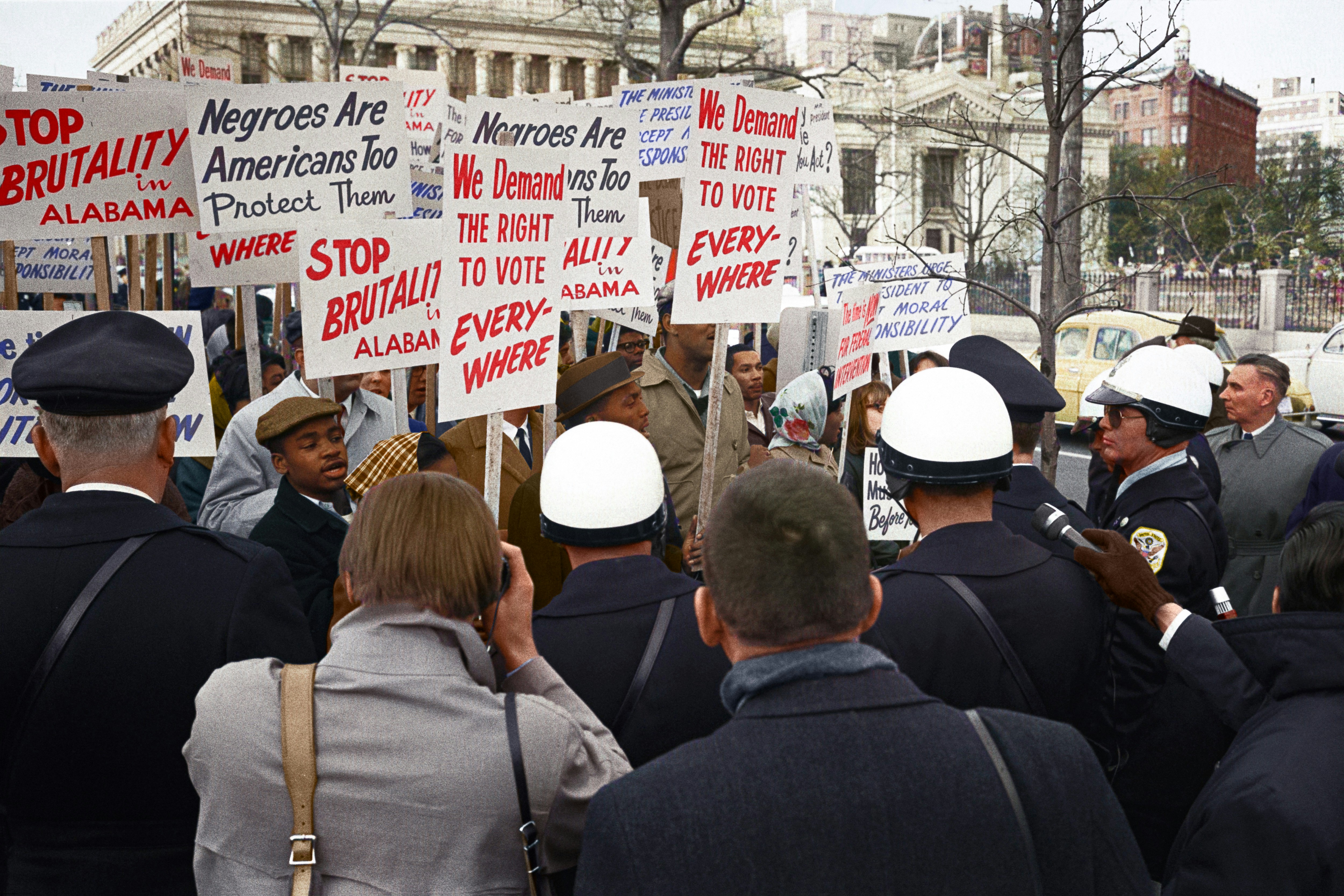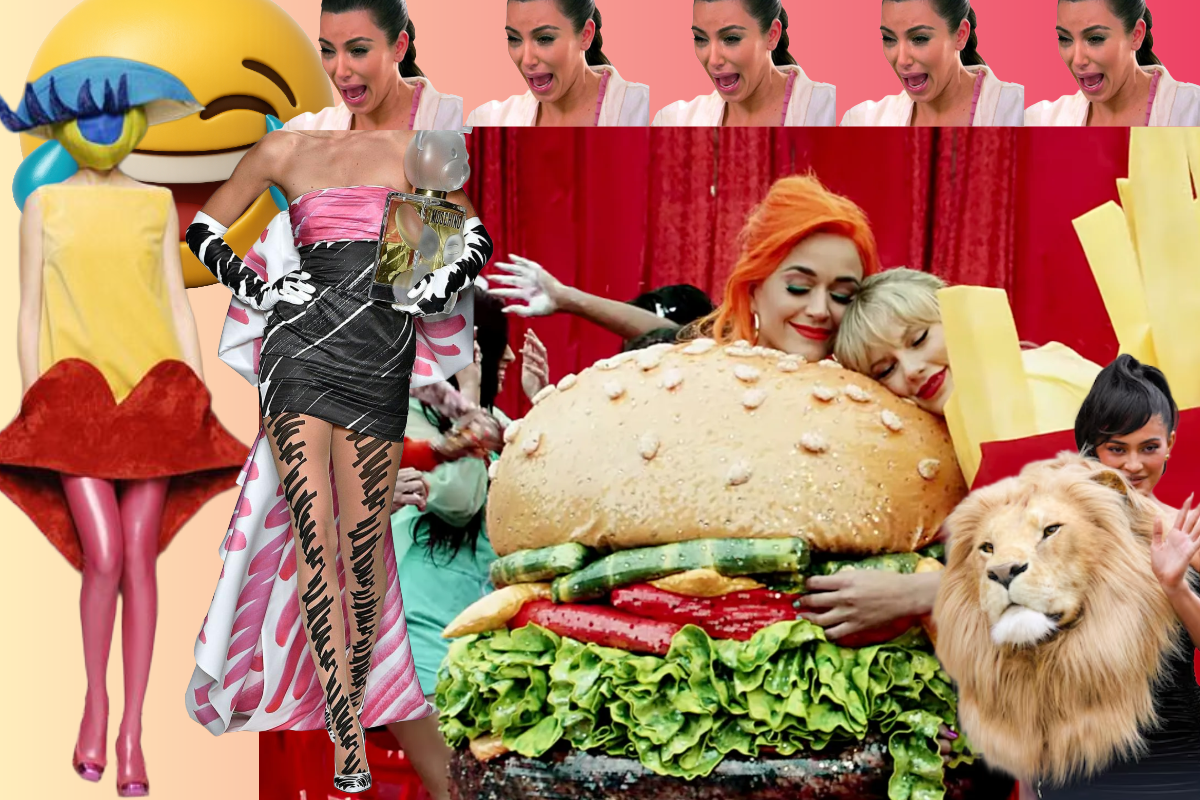As long as humanity has existed, there has been the idea of free will. As long as free will has existed, people have tried to enact their will over others. As long as people fight for control, there will always be those fighting to oppress others. As long as there are groups being targeted for oppression, those targeted groups will always fight back. In other words, the conflict between oppressors and the oppressed will exist as long as the general idea of leadership exists.
One of the most influential instances of the oppressed fighting back against oppression has got to be the Civil Rights Movement of the 1960’s. While the picketing, chants, and speeches are some of the most famous methods of protest, we all know you’re here to talk about the fashion from that era. Today, let us discuss how that very fashion tied itself firmly into the aforementioned protest methods and how those ideas connect to protests today.
In A Defiant Fashion
The Jim Crow era’s segregation laws are considered some of the biggest mistakes in American history. Sure, the Civil War ended the decade before, which fully realized the Emancipation Proclamation, brought an end to slavery, granted the former slaves citizenship, and gave them the right to vote by proxy—but all of that only looks good on paper. The Jim Crow era gave such circumstances of inequality as making education harder to get, making it difficult to borderline impossible to vote, only being allowed to partake in specific jobs due to the difficulty getting an education, specific race based seating on buses, segregated drinking fountains, and more. In all honesty, the list goes on and just keeps getting more pathetic and moronic as you go. The point is that if you were not a Caucasian man with a lot of money, to say life was hard would be the understatement of the century.
It does not take a Harvard graduate to explain why the Black Panther Party was formed and the Civil Rights Movement began. We all already know about the marches and picket signs that are often evoked when talking about the Civil Rights Movement, but we all too often disregard the clothes these powerful protesters wore. Luckily the hosts of the podcast Dressed: The History of Fashion addressed both some of the outfits worn during the Civil Rights Movement and how it affected the styles of fashion worn at the protests of today.
To get us started, here is a brief list of some of the types of outfits worn at these protests.
3 Piece Suits
A lot of the protesters wore three piece suits which were meant to be worn by prominent white men such as presidents and lawyers at the time. However in this protest setting, that original meaning is flipped on its head to take the dignity the suit represents and place it on these figures. As you may know, this extended to the most prominent figures of the movement including Malcom X, John Lewis, and Martin Luther King, Jr.
In fact, this even predates them with the famous abolitionist Fredrick Douglas. After escaping from his masters, Frederick Douglas’ campaign focused heavily on how most of slavery relied on psychological warfare by restraining the knowledge slaves were allowed to have, forbidding them from learning how to read and using physical abuse to ingrain a sense of false hierarchy. That said, it would be disingenuous to say that the suit he wore did not at least add to the credence and respect of his arguments. His suit added to the idea of knowledge being power by showing his audiences how he can stand dignified among his peers regardless of the color of his skin.
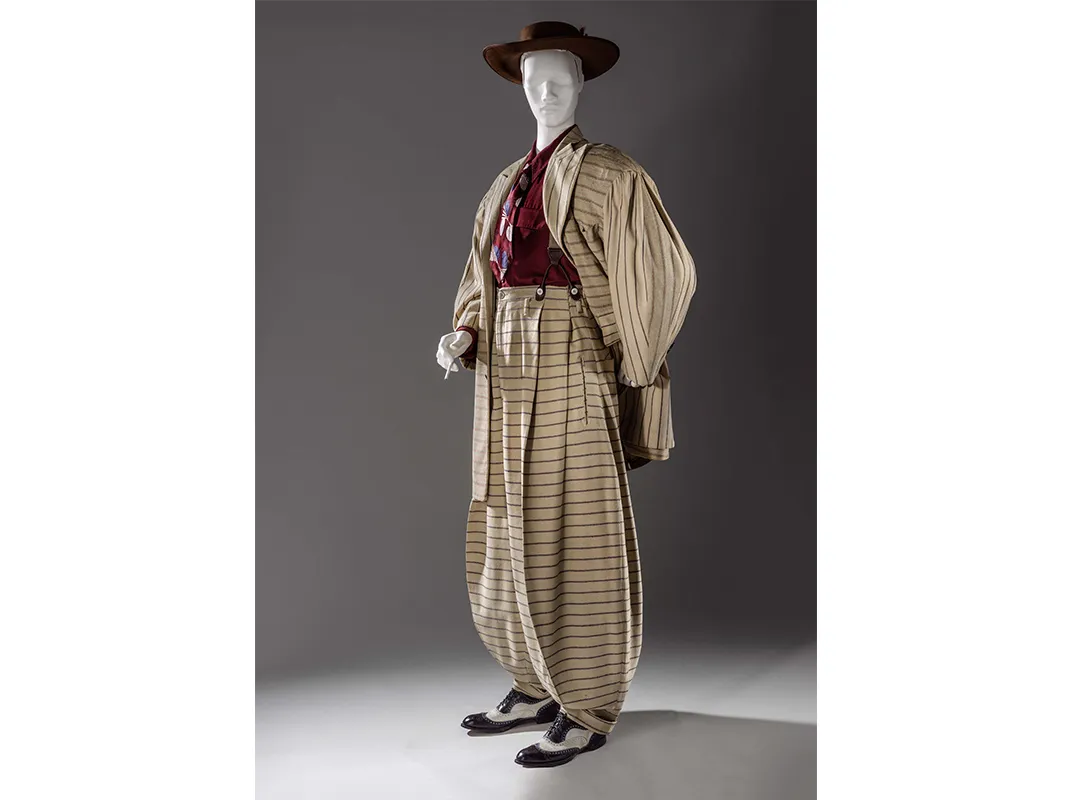
Zoot Suits
The lack of colored photography from back in the day may not make it seem like it, but the 1960’s were a colorful era. Some of these outfits were in fact rather extravagant and flashy. Case in point, the zoot suits. These particular suits consisted of large baggy pants, long flowing jackets that often reached the lower thigh, and were accompanied by a nice large hat. These snazzy outfits became a prominent staple in places like Memphis, Tennessee, Harlem, New York, and Chicago, Illinois.
During the Zoot Suit Riots in 1943, white men beat Hispanic zoot suit wearers in the streets under the umbrella of “restraining the extravagance of these suits.” In reality, these attacks were entirely racially motivated, spurred on by nothing more than hatred for the people who wore the suits and by proxy the identities those suits represented. As such, the 1960’s Civil Rights Protests flipped the perception of these suits. What once was a symbol that placed targets on people’s backs, now stands as a symbol of racial pride, a proclamation of their heritages and who they really are.
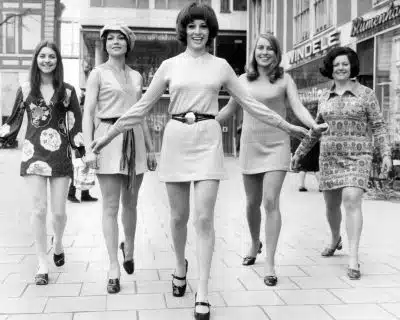
Miniskirts
It was not just the men rocking style during these crucial marches in history. On the contrary. While a lot of the men were donning snazzy suits, the women wore miniskirts alongside their ensembles. Women’s fashion has always been policed by society, especially those in extremely religious circles who dictate that women need to dress “modestly.” What you wear can say a lot, and the women who joined these marches in protest knew this all too well. They wear these miniskirts in defiance to say “Hello world! I am a woman and you will hear me as you see me!”
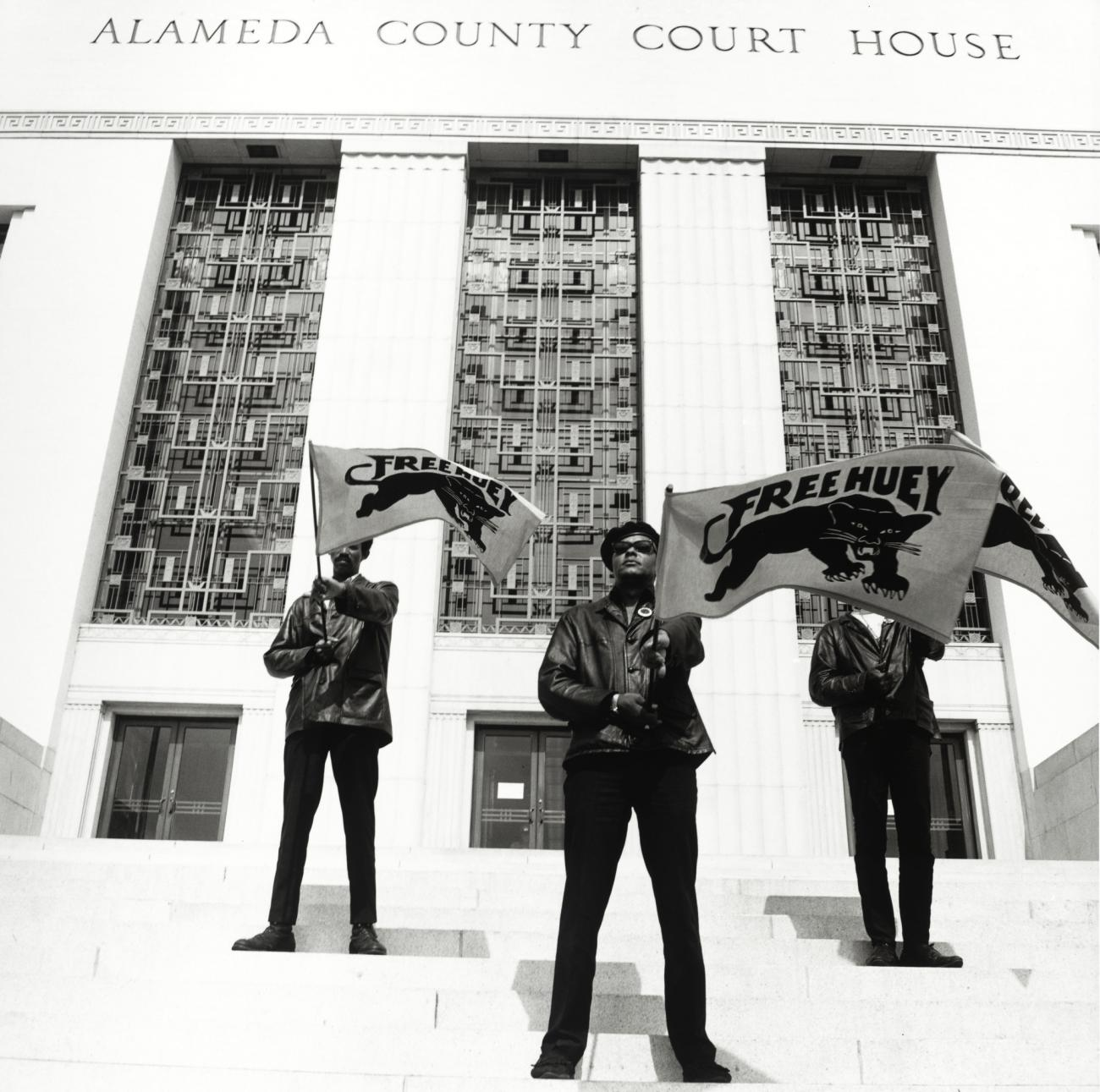
Black Berets, Sunglasses, and Jackets
Why did so many Civil Rights protestors wear black berets, sunglasses, and jackets? Because these articles of clothing were the uniform of the Black Panther Party. Leading up to the protests, police brutality was as rampant as could be, either attacking the African American population with their batons, mauling them with their K-9 units, or in most cases both.
As such, the Black Panther Party acted as an independent police force to police the police. To put it more clearly, the Black Panthers used intimidation to prevent police brutality.
Sunglasses were worn not just by the Black Panther Party, but by other protesters under the same rallies. As you can probably tell, the weather was not the only reason that these advocates wore these. Like the classic domino mask worn by everyone’s favorite comic book superheroes, sunglasses were a great way for protesters to disguise their identities.
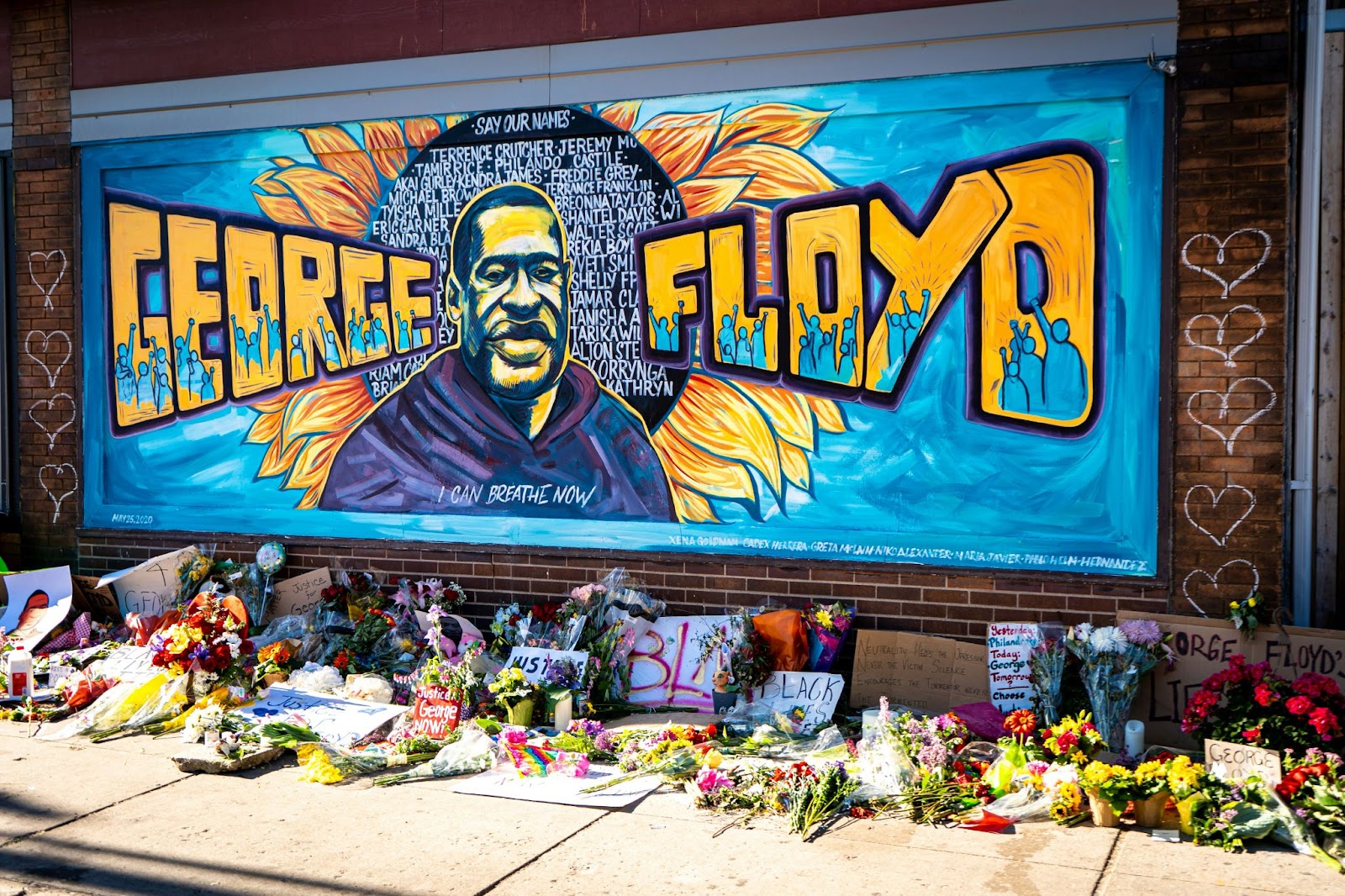
Why it Still Matters Today
You may be wondering what the point of any of this is. The point is that the Civil Rights Movement did not necessarily end. Yes, the Jim Crow laws were repealed decades ago. Yes, racially segregated buses and drinking fountains are a thing of the past. That said, racism is not completely gone and the fight against it will continue as long as it does. As said earlier, as long as there is free will, there will always be conflict. Racism did not die, it became more covert. As such, there will be issues that bring these issues to the forefront and spark discussion.
Case in point, the death of George Floyd. During the already turbulent year of 2020, in Minneapolis Minnesota, when a man by the name of George Floyd was killed in an act of police brutality, a string of protests began. During the protests in response to the death of George Floyd, Gabriel M. Garmon posted a call to action on social media for people to “dress their best” to honor his memory. He even participated in an interview with Vogue magazine and explained that it was done out of respect for the man. This naturally led to groups of protesters wearing their finest outfits including fancy suits. Sounds familiar, doesn’t it?
We already discussed why the Black Panther Party wore sunglasses, so it should not be that big of a shock that advocates today do this, especially with weapons like tear gas being used more frequently. A lot of the outfits worn at the protest were considered reminiscent of the 1960’s with all the blazers and sunglasses. However, these were worn in conjunction with more modern clothes. This mishmash amalgamation of these different eras of fashion can be considered a sort of way to honor the protests of the past. The George Floyd protests against racial mistreatment at the hands of police understandably harken back to the Black Panther Party’s protests against racial mistreatment at the hands of police, so it only makes sense that the fashion worn during these modern protests would harken back to these older marches.
In short, we can now see how the outfits that were worn during the Civil Rights protests impacted those very protests. Perhaps with this information when you yourself go out and protest, you will go out and wear something to harken back to these trail blazers.


